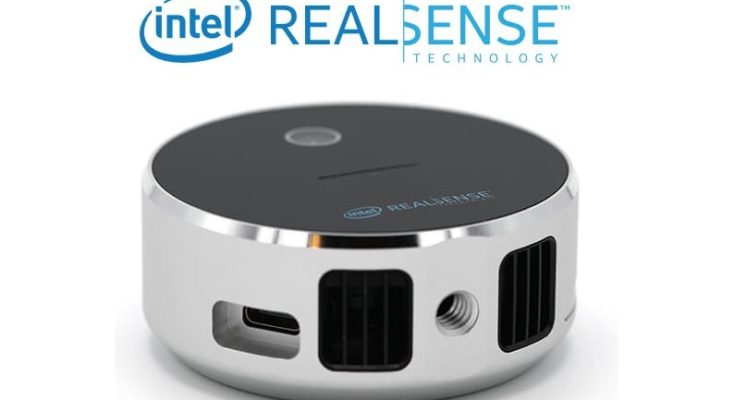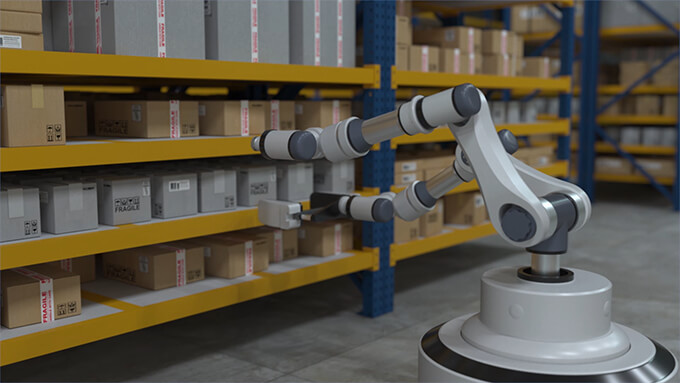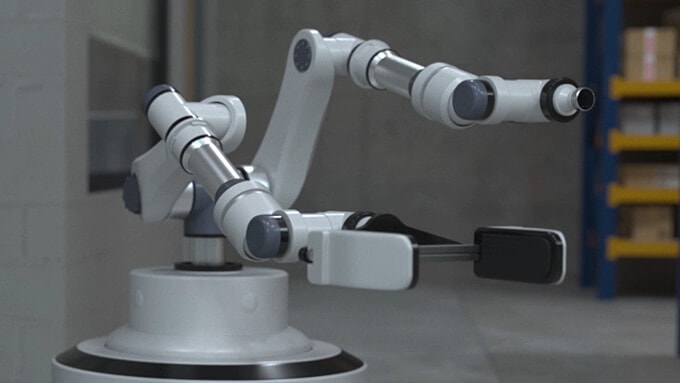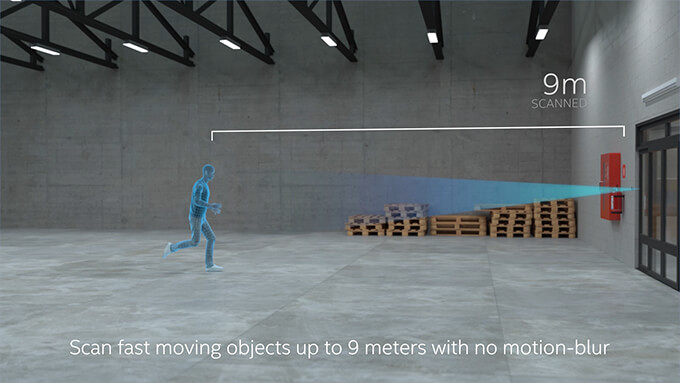Intel just announced its release of the first RealSense LiDAR depth camera L515 on December 11, 2019. The unit is priced at $350 for preorder and it’s expected to ship out in the week of April 27, 2020. L515 is boasted as the world’s smallest and most power-saving 3D LiDAR camera. The size of L515 is about the same as a tennis ball. Based on Intel’s RealSense technology, L515 uses the revolutionary solid-state depth camera that is capable of capturing more than 23 million accurate depth pixels per second with a depth resolution of 1024 x 768 at 30 fps.
L515 has built-in proprietary MEMS mirror scanning technology that enables better power efficiency compared to other ToF (Time-of-Flight) technologies. With less than 3.5W power consumption for 3D depth streaming, Intel RealSense LiDAR camera L515 offer high -resolution depth imaging with the highest power efficiency.
- 9 Meters Maximum Distance
- 23 Million Pixels per Second
- 100 Grams Weight
Intel provides RealSense SDK 2.0 to facilitate software development in almost all OS environments, Windows, Linux, Android and MacOS. Engineers for application development can use common languages, such as Python, ROS, C/C++, C#, Unreal, OpenNI and NodeJS.
Applications:
Logistics
Intel RealSense LiDAR Camera L515 can be used in logistics industry to give precise volumetric measurements of objects for quick locating objects on a shelf and tracking every pallet that leaves the warehouse for precise inventory.
Robotics
Intel RealSense Depth LiDAR camera L515 brings an additional level of precision and accuracy over its entire operational range.
3D Scanning
Intel RealSense LiDAR camera L515 offers the capability of 3D scanning of moving objects up to 9 meters without motion-blur due to its high edge-fidelity combined with a quality FHD (Force Histogram Decomposition) RGB camera with a resolution of 1920 x 1080 and IMU (Inertial Measurement Unit) for more robust handheld scanning solutions.
Read more at: https://www.youtube.com/watch?time_continue=13&v=Rx-75ZEAMeg








